Among the various types of wool yarn, the worsted yarn is one of them. Be it for knitting or crocheting, worsted yarns are an ideal yarn type for the garment industry. The manufacturing requires the combing process. The worsted yarn has versatility due to breathability and abrasive resistance. In this article we will know about What is Worsted Yarn and its details
What is Worsted Yarn?
The worsted yarn or the worsted weight yarn refers to medium-weight yarn. This yarn has another name-Afghanistan or Aran yarn. The worsted-weight yarn has the number “4” as a symbol on the ball label. Worsted weight yarn is thick compared to any other yarn type. This yarn provides a fast-growing medium-range weight yarn alternative.
Table Of Contents
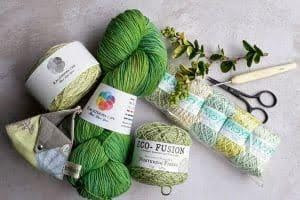
The name “worsted” comes from a spinning method that creates the yarn. The process involves the fiber combination. It happens before they get spun by creating a smooth and durable finish. Worsted has another meaning which is the weight category of the yarn.
What is Worsted Yarn Made of?
The worsted is a high-quality yarn wool type made from the long-staple wool from the sheep breeds. Worsted weight yarn has the raw material of alpaca, cotton, silk, and acrylic. The manufacturing process has the combing step where the short hairs get out of the fiber. In making tailor-made garments like suits, the worsted yarn gets used.
It also gets used for hosiery, baize, clothing, and carpets. The worsted weight yarn has many plies, a number ranging from 6 to 8. It creates a round yarn to produce a wonderful stitch pattern with textured effects. The more plies end up breaking the less yarn. Twisting plies provides the yarn a full strength and body. Knitting a cushy cowl may need a single ply. Meanwhile, knitting a hard-wearing pair of mittens, consider having 3-4 ply yarns. It all depends on the final project that you want to have. Plies are thin yarns, that get spun together, with a view to making a long yarn strand.
Manufacturing Process of the Worsted Yarn
The Worsted yarn has an extensive manufacturing process. For instance:
Flow Chart of Worsted Yarn Manufacturing
100% Virgin wool
↓
Sorting
↓
Blending
↓
Opening
↓
Scouring
↓
Drying
↓
Carding
↓
Preparatory Gilling
↓
Combing
↓
Finisher Gilling
↓
Drawing
↓
Roving
↓
Spinning
↓
Winding and Clearing up
↓
Refolding and Rewinding
Step-by-Step manufacturing process is following below:
Step 1: Sheep shearing: A process where the woolen sheep fleece gets cut off and recognized as fleece. The fleece is also the grease wool containing oil and lanolin.
Step 2: Sorting process: Sheep-sheared wool gets sorted in different qualities and textures. Then, it gets sorted into different grades based on the parameters.
Step 3: Scouring: After taking the wool from the sheep, it gets renowned as raw or grease wool. It contains dirt and grease. To remove this dirt, the wool goes through a scoured series of alkaline baths. This bath contains water, soda, and soap. The rollers squeeze excess water from undried fleece.
Step 4: Worsted Carding: In the carding process, carding untangles and individualizes fibers. The vegetable matters remain in the wool even after scouring and drying. In carding, the foreign matters’ bulks get removed. This process also achieves a mixture of wool fibers.
Step 5: Preparative Gilling: The gilling machine is a gill box in real. This process aligns the fibers in a direction. In which, it blends the wool through the process of doubling. It also adds moisture and lubricants by using a coarser comb. The main aim of this process is to align the fibers in a card silver and to blend the silvers from the different cards.
Step 6: Combing: Combing, a critical step, goes through the worsted processing. It removes short fibers, impurities, and neps. It forms a continuous rope-like silver.
Step 7: Finisher Gilling: The aim is to remove the entanglement. Entanglement that gets introduced to the silver, named combed.
Step 8: Drawing: It is a supreme operation. In this operation, the drawing doubles and redoubles the silvers from the wood fibers. This process winds the stock, draws, drafts, and even twists too. Making the silvers more compact, this process of thinning into sobbers.
Step 9: Roving: Silvers, gained from the draw frame, get subjected to a frame named roving. This is to produce rovings. Here, the roving frame draws out silvers. For spinning, a slight twist gets inserted to form lengths in a suitable range. Roving applies to get spun into the yarn on a frame, named spinning.
Step 10: Spinning: Roving gets spun into yarn through more yarn twisting.
Worsted Yarn Properties
|
Yarn Name |
Worsted Yarn |
|
Manufacturing Materials |
Acrylic, alpaca, cotton, silk |
|
Yarn Durability |
Durable |
|
Yarn Appearance |
Fine, smooth, lightweight, smooth. |
|
Yarn Breathability |
High |
|
Yarn Tensile Strength |
Higher |
Characteristics of the Worsted Yarn
The nature of ‘worsted yarn’ is twisted and strong. It has these characteristics following:
- Less insulator
- Holds shape
- Holds Creases
- Durable than woolens.
- Expensive
- Wrinkles less
- Shiny appearance
- Cannot get adulterated.
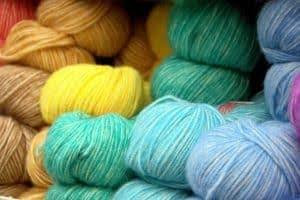
Worsted “Woolen” Yarn?
The worsted refers to yarn weight as well as wool processing. The difference happens based on the interest of the spinners. Also, there are textile designers, engineers, manufacturers, and educators. The worsted woolen form is the most common form of yarn.
Worsted Yarn Advantages
The worsted yarn has versatile advantages and benefits. For beginner crocheters out there, the advantages are as follows:
- Durable Thread strength
- Not an expensive yarn in some cases.
- Offers a variety of patterns and projects
- Excellent for clothing.
- Provides enough warmth without any bulkiness.
- Available worldwide.
- Easy to work with.
- Offers many colors, textures, and fiber contents.
Application of Worsted Yarn
Worsted yarn is a perfect deal for knitting. For knitting thick-range jumpers and winter clothes- cardigan. Because the ‘Worsted yarn’ is less bulky. For winter accessories, the worsted-weight yarn gets used. It also gets utilized in making oversized scarves, hats, gloves, and cowls. One recommendation for everyone, it is better to use 5.0 mm needles and hooks for knitting and crocheting. Being back to men’s garments, worsted-weight yarns create an expressive flattering knit.
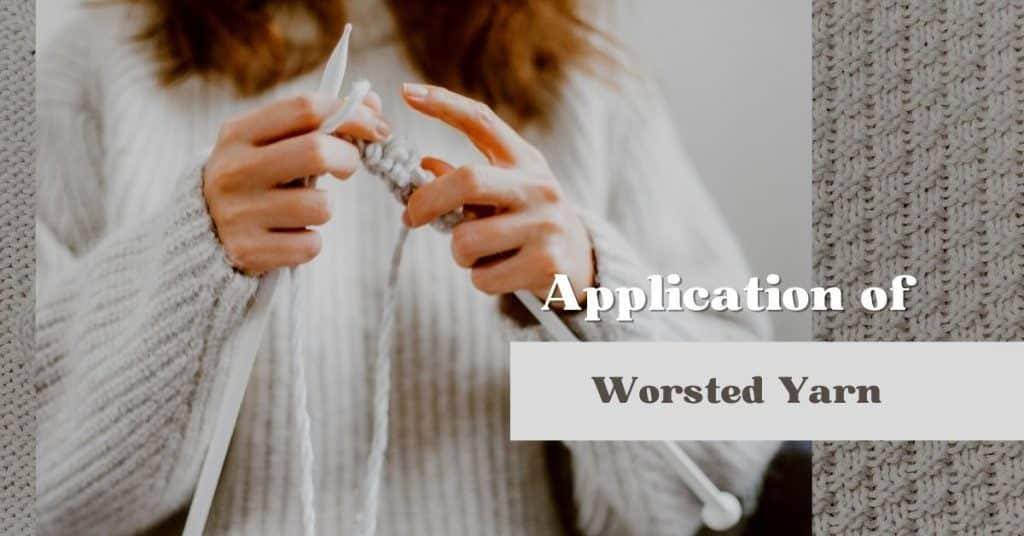
The application area of the worsted-weight yarn is:
- Scarves
- Hats
- Home Décor
- Toys
- Baby items
Conclusion
The worsted weight yarn is the popular form of all medium range of weight yarn. They are neither big nor small, and in perfect shape for many projects. The amazing part of the worsted weight yarn is it is customizable. As well as it is perfect for any knitting and crocheting project. This yarn type is even heavier than the DK (double knitting) yarn and sports weight yarn.
FAQs
- Does the worsted weight yarn have a substitute for any other weight?
Yes, the worsted-weight yarn can get substituted for another weight. Checking the gauge to test the correct size of the project is important.
- Can Worsted yarn be a 4-ply?
4 ply of the worsted weight yarn is available. It means that the play requires 4 yarn strands twisted together.
- Does worsted weight yarn and DK (double knit) fall under a similar category?
It is true that the worsted weight yarn and DK both fall under the same category with a slight difference. The worsted-weight yarn requires a thicker strand compared to the DK-weight yarn. This is what makes the worsted weight yarn popular for making blankets.
- How to identify if the yarn is a worsted weight?
The flexible way is to look at the ball band in the US. Check the number 4 that represents the worsted yarn as the weight. Also, you can identify by checking how many stitches the gauge has if you get the yarn as a gift or with no ball band. If it is between 16 to 20 sts per inch, it is likely to be a ‘worsted yarn.’

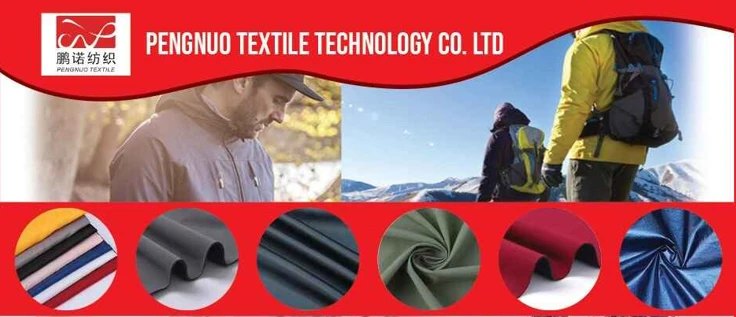



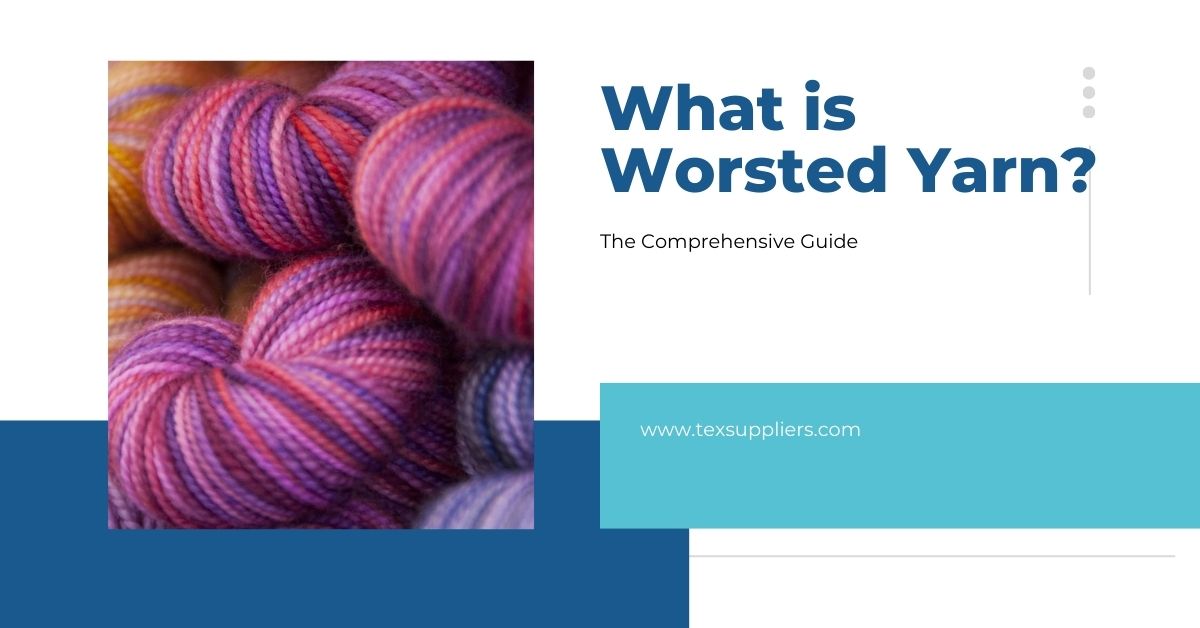

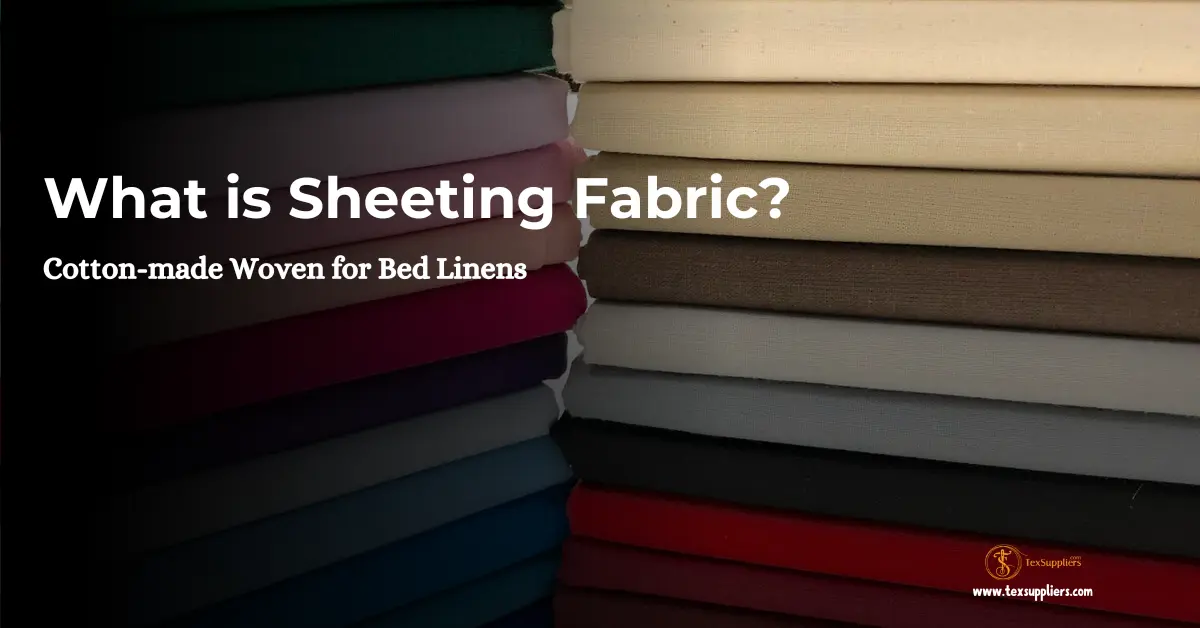
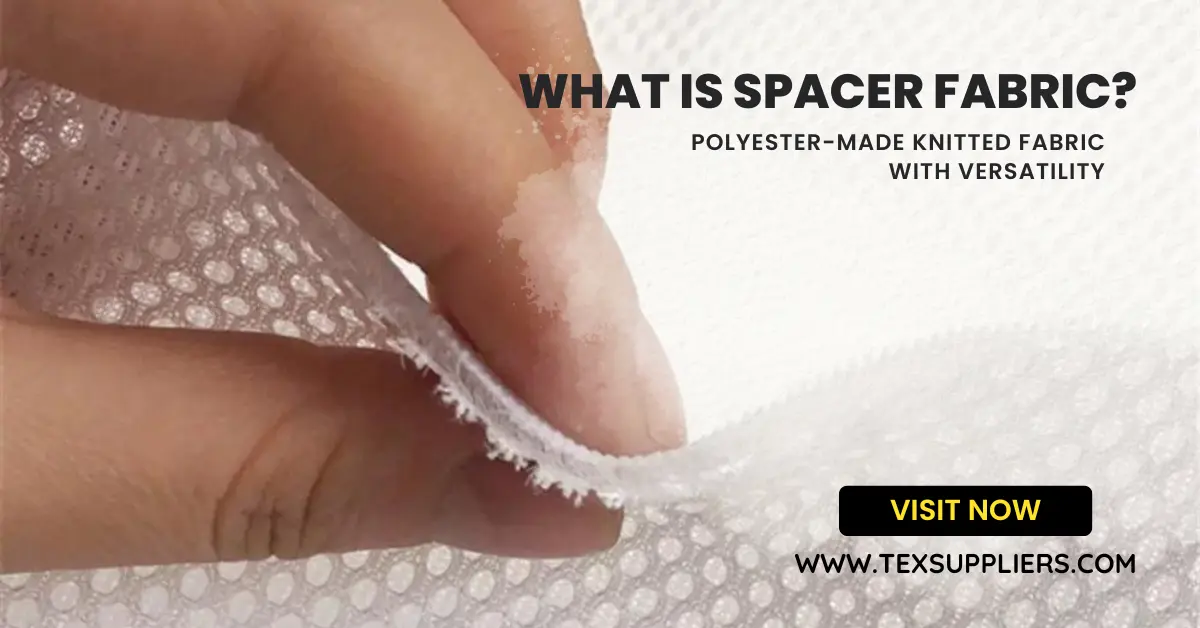
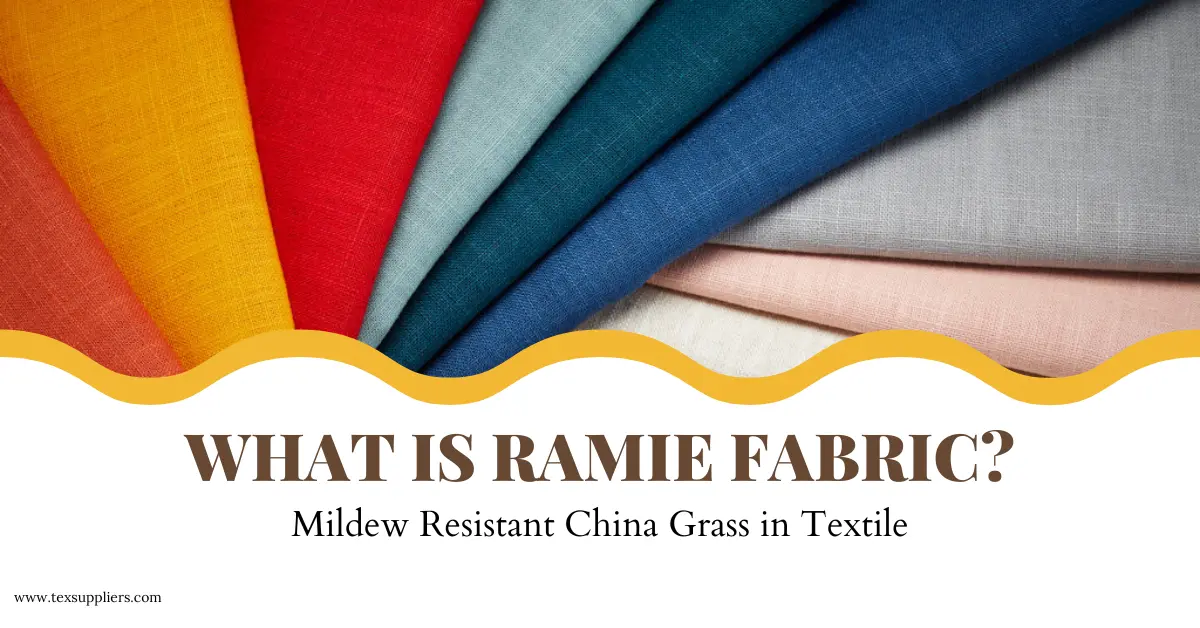
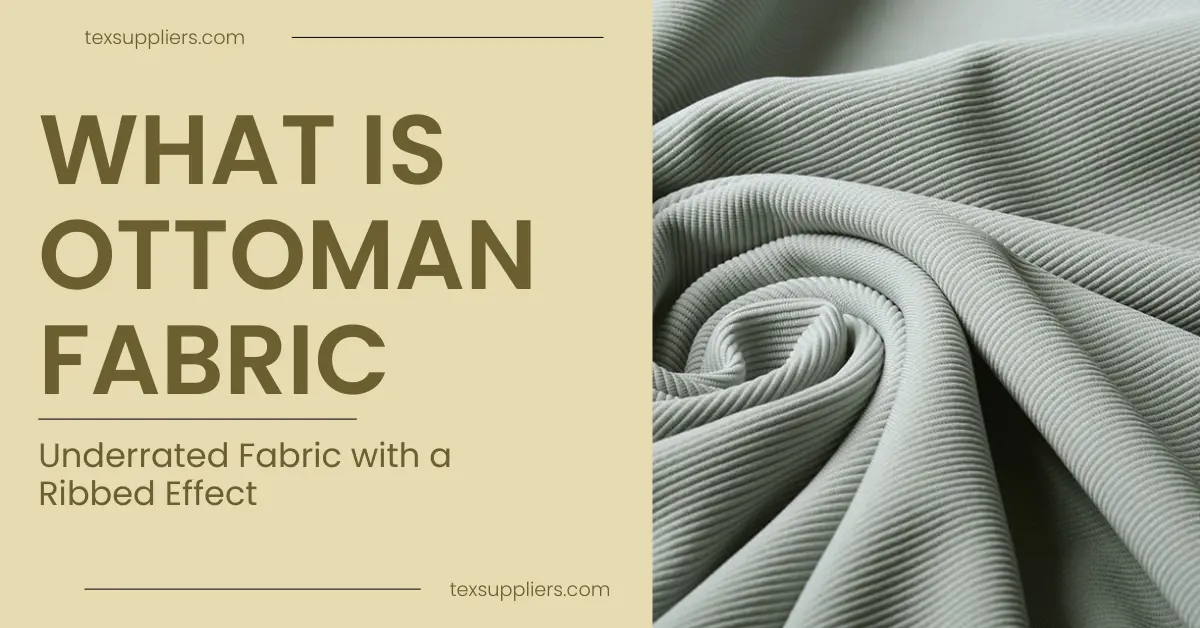
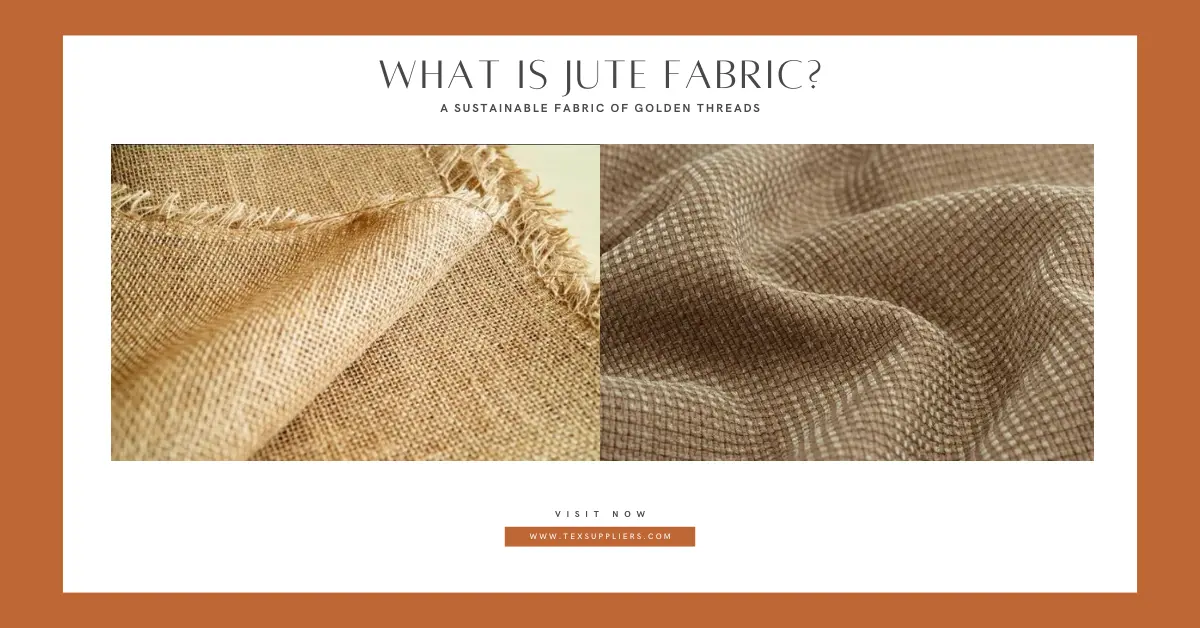
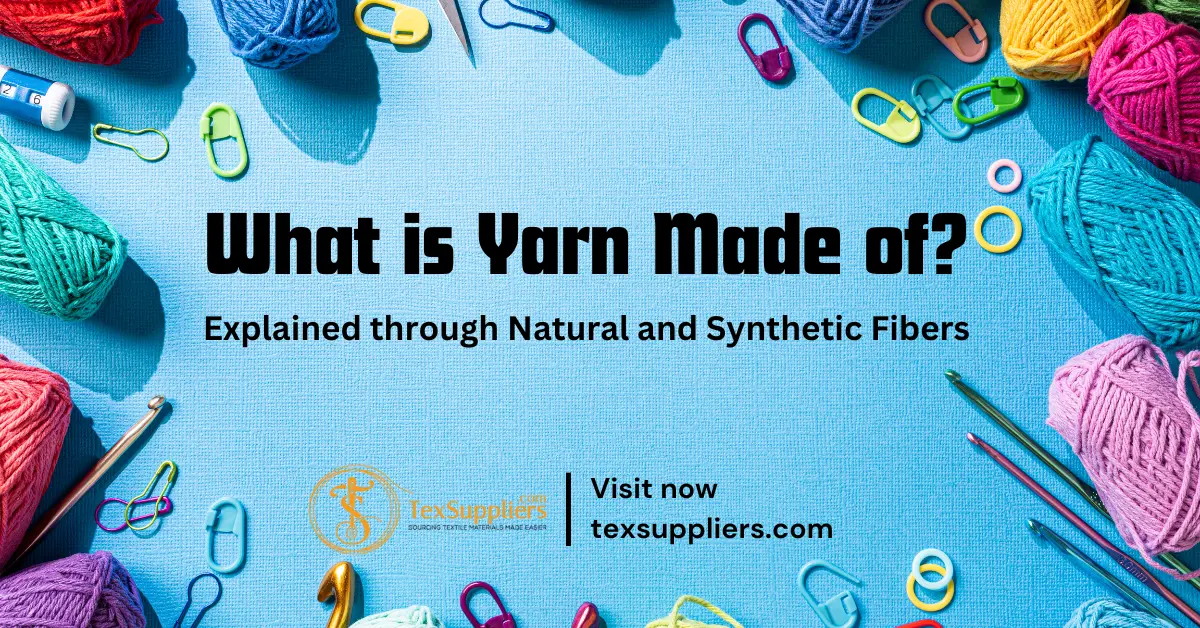
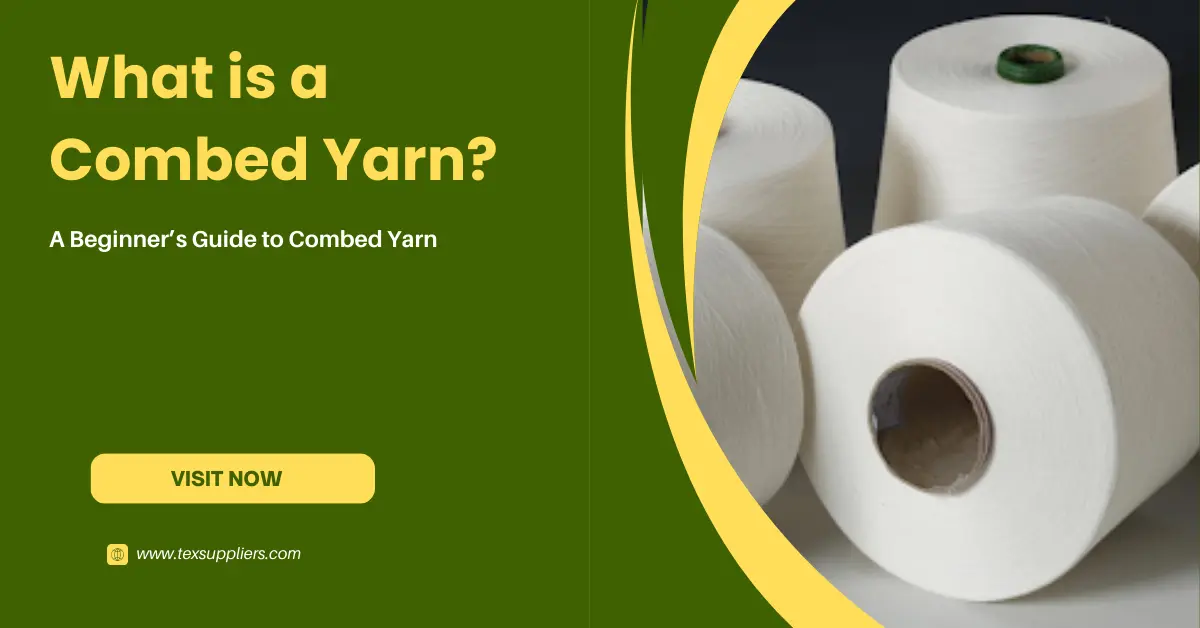
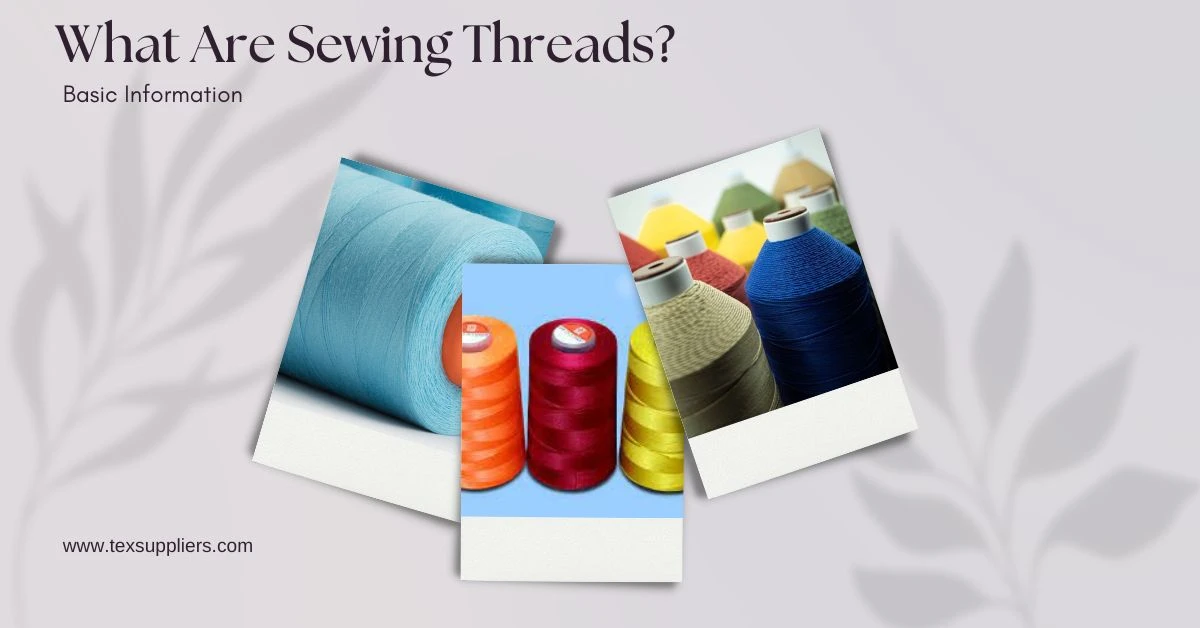
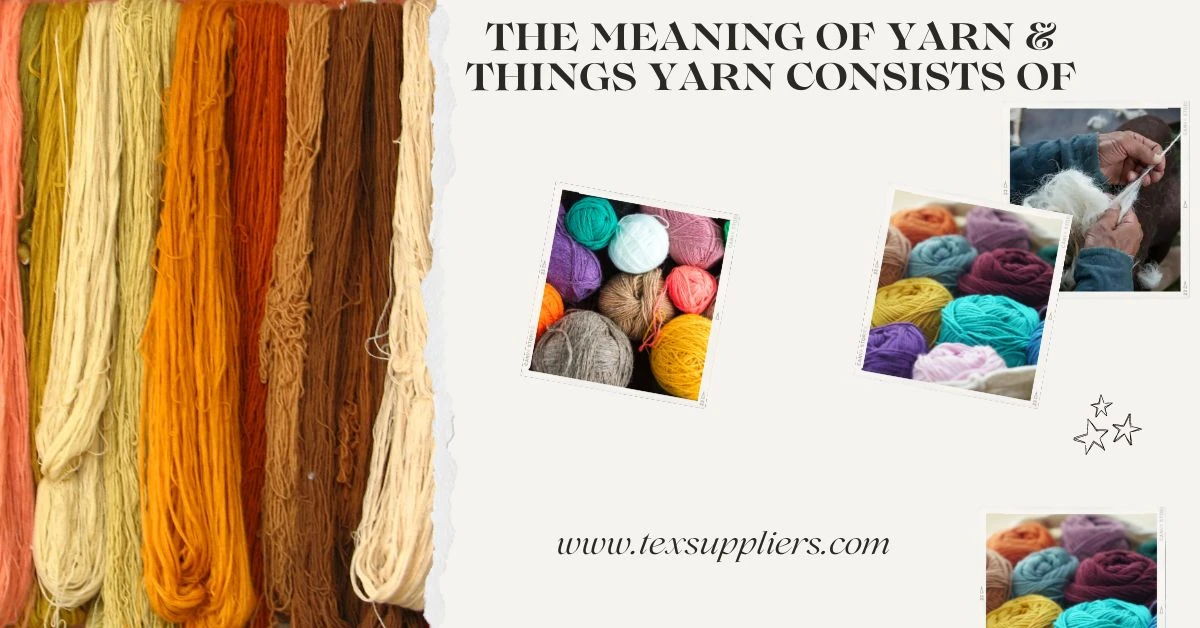
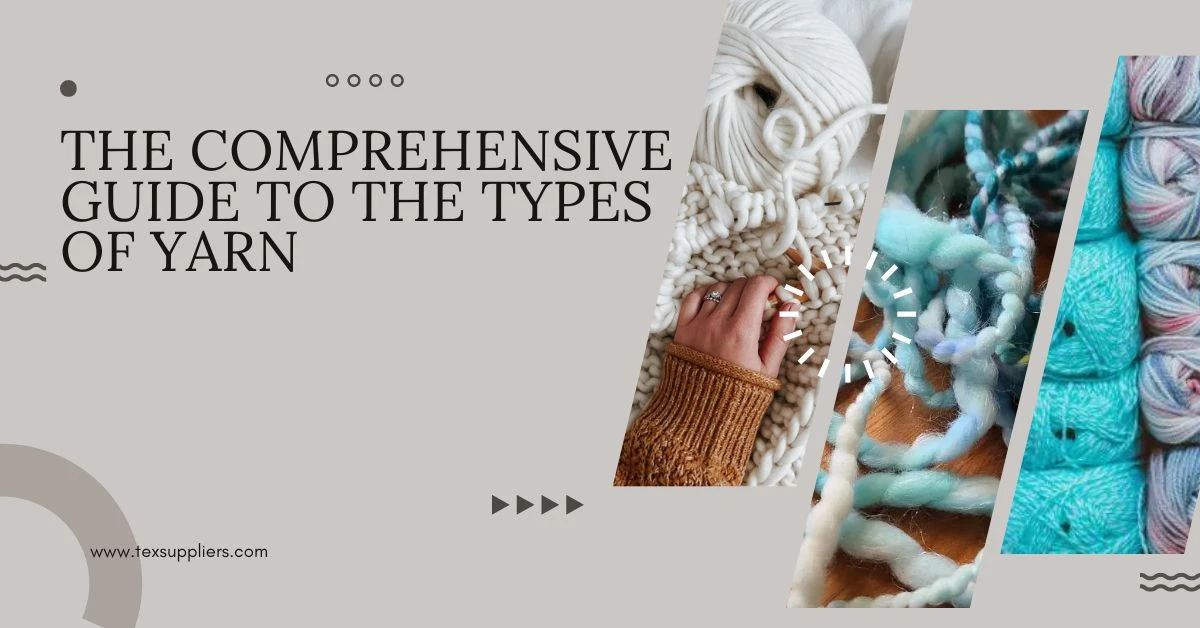
Comments - 00
Leave A Reply
Thanks for choosing to leave a comment.